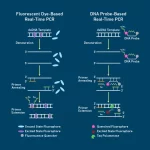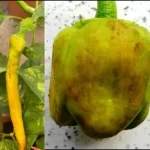Multiplex qPCR in Enhancing Disease Management in Greenhouses and Indoor Farms
In modern agriculture, especially in controlled environments like greenhouses and indoor farms, managing plant diseases is key to good harvests and smooth operations. A standout method for detecting and managing plant diseases is called the multiplex quantitative Polymerase Chain Reaction, or multiplex qPCR for short. This tool is great because it can quickly spot multiple diseases at once and tell us how severe the infection is, helping growers make smart decisions fast.
Understanding Multiplex qPCR
Multiplex qPCR is a special kind of PCR, a lab technique used to make lots of copies of a DNA segment. This advanced version can identify several diseases from just one sample, which is really helpful in places where plants might be affected by different diseases at the same time. It’s also great for catching diseases that look similar before they cause bigger problems. You can learn more about qPCR and other detection methods here.
A big advantage of multiplex qPCR is to be able to verify multiple pathogens (plant disease causing organisms) at the same time. This allows growers to verify diseases that they see and not be slowed down by diseases with similar physical symptoms. Here are some common pathogens with similar looking foliar symptoms.
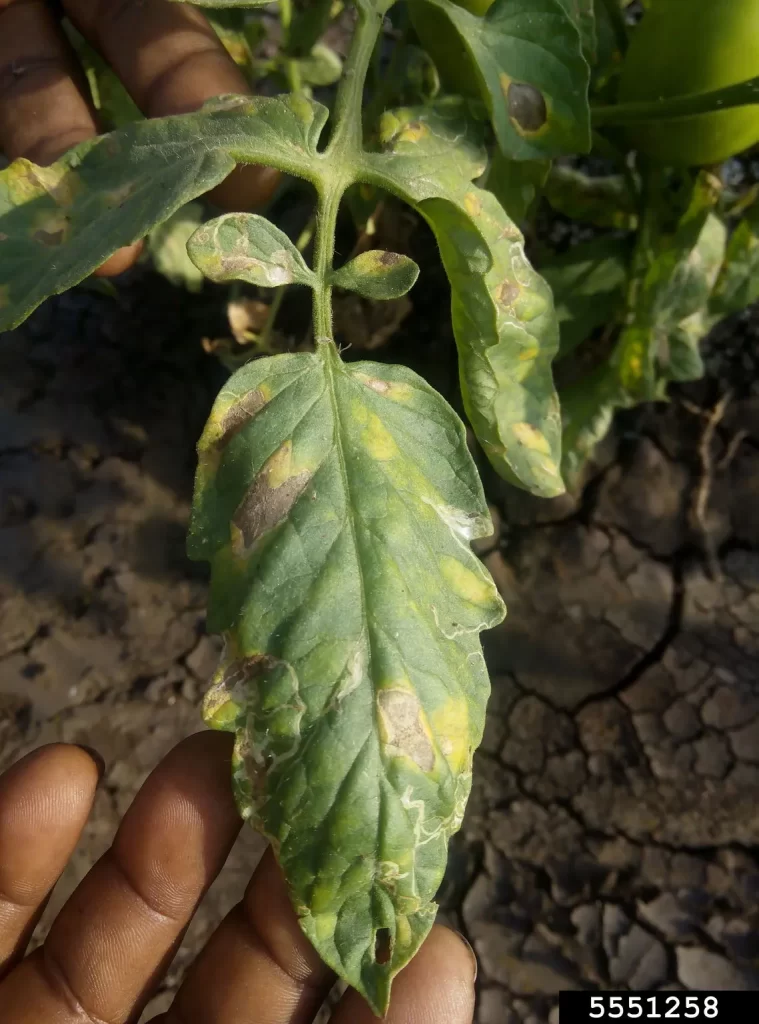
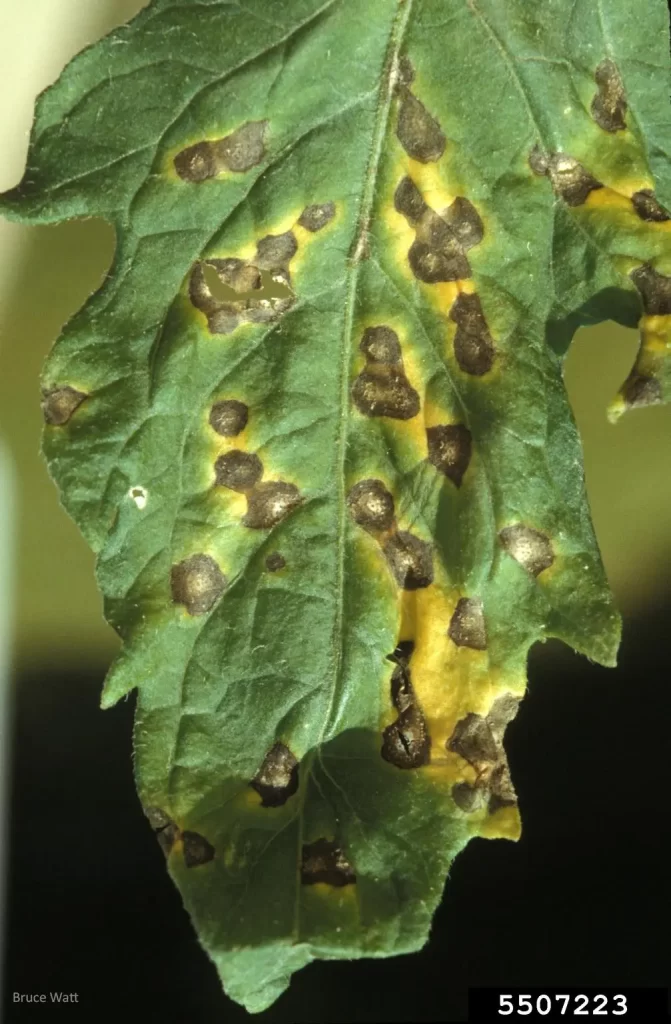
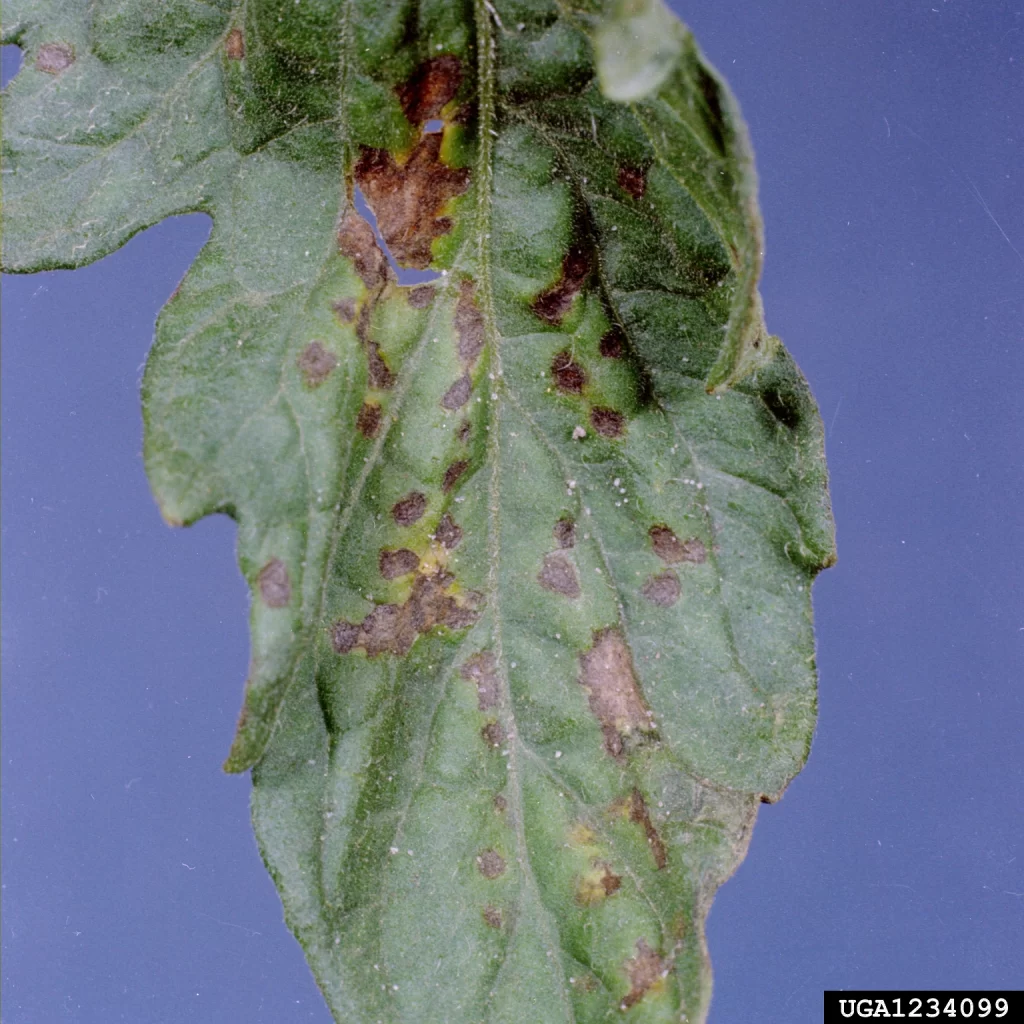
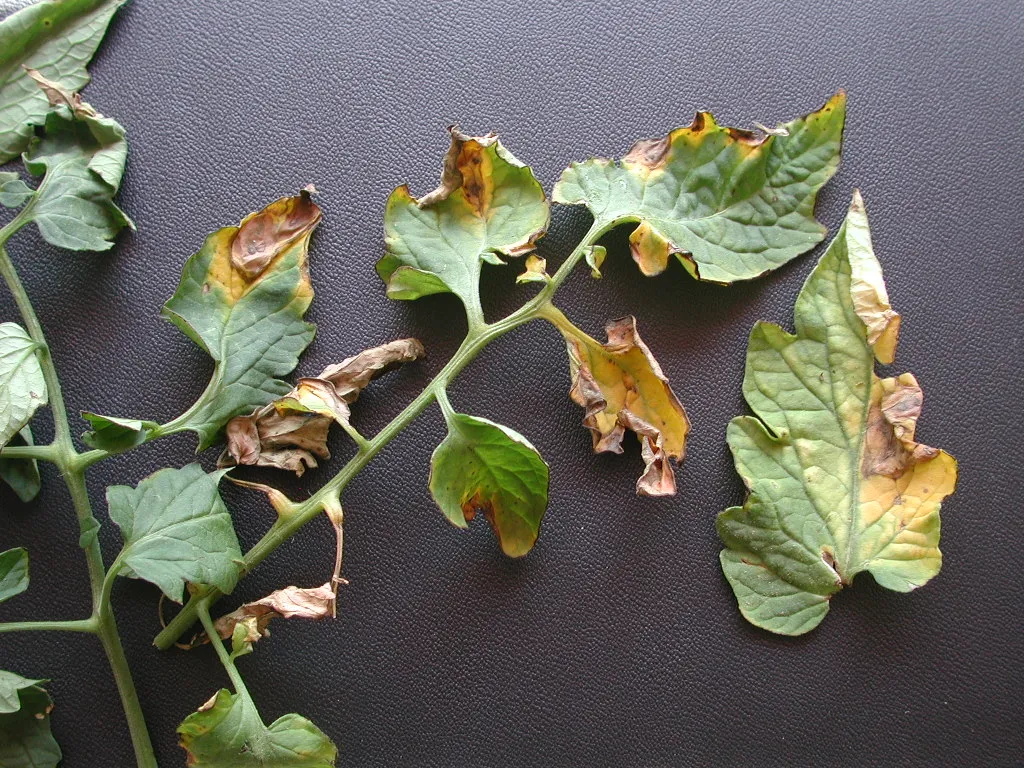
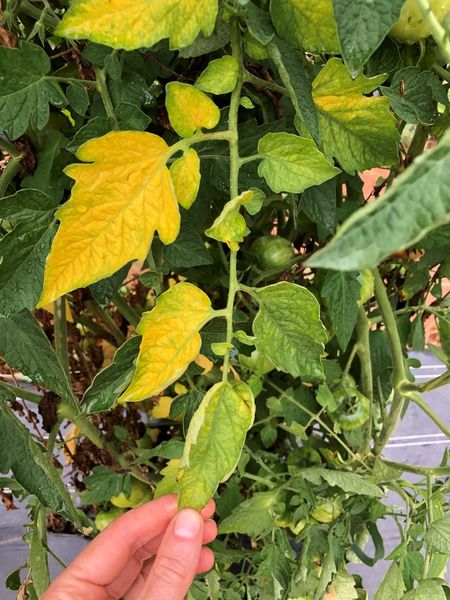
See how Healthy Hydroponics use Multiplex to help growers make decisions
Benefits of Using Multiplex qPCR in Greenhouses and Indoor Farms
Greenhouses and indoor farms are perfect for using multiplex qPCR because the crops are very valuable and are grown closely together, which could make diseases spread quickly. Here’s a list of why multiplex qPCR it’s so beneficial:
- Speed and Efficiency: Rapid detection, identification and verification allow for quicker responses to disease outbreaks. This allows growers to apply the correct IPM strategy for the pathogen.
- Accuracy and Sensitivity: This method can detect even low levels of pathogen presence, which is crucial for early-stage disease management and for preventing outbreaks.
- Cost-Effectiveness: By handling multiple pathogens in a single test, it reduces the overall cost of testing per pathogen, an important factor in managing operational costs in greenhouse and indoor farm settings.
Implementation Strategies
For greenhouse and indoor farm operators looking to implement multiplex qPCR, several steps are recommended:
- Pathogen Identification: Determine which pathogens are most relevant to your crops and ensure that the multiplex qPCR assay is capable of detecting all of them.
- Regular Screening: Integrate regular pathogen screening into the plant care routine to catch infections early.
- Data Analysis: Use the quantitative aspect of the assay to monitor pathogen load over time, which can help in assessing the effectiveness of treatment strategies.
- Collaboration with Experts: Work with agricultural scientists and pathologists who can assist in customizing assays to your specific needs and conditions.
Conclusion
Multiplex qPCR represents a significant advancement in managing plant diseases in controlled agricultural environments like greenhouses and indoor farms. Its ability to rapidly, accurately, and cost-effectively detect multiple pathogens makes it an invaluable tool in the agricultural technology toolkit. By integrating this technology, operators can not only protect their crops but also enhance their operational efficiency, leading to healthier plants and higher yields.
References to Read
- Multiplex qPCR for detection and quantification of Sphaerulina musiva in Populus stems. https://www.semanticscholar.org/paper/2dabf1cd58825f7d47a3736848b8264ba5d81225
- Detection of interactions between the pea root rot pathogens Aphanomyces euteiches and Fusarium spp. using a multiplex qPCR assay. https://www.semanticscholar.org/paper/ac56b8965295589404d230f816b44a56bb9ca920
- TaqMan Multiplex Real-Time qPCR assays for the detection and quantification of Barley yellow dwarf virus, Wheat dwarf virus and Wheat streak mosaic virus and the study of their interactions. https://www.semanticscholar.org/paper/41ee603f7e1328290871c1cee943bc2aa48925d5
- Detection and qPCR quantification of seven Fusarium species associated with the root rot complex in field pea. https://www.semanticscholar.org/paper/4de36c7ba462077d0c38597f8670883efa9c2223
- Genetic Differentiation and Biology of Citrus tristeza virus Populations Spreading in California. https://www.semanticscholar.org/paper/e8a0760eb1a9dd4aca7c98b5f586c737009eda86
- First report of Ralstonia pseudosolanacearum causing bacterial wilt on Rosa sp. in Greece. https://pubmed.ncbi.nlm.nih.gov/38411607/
Banner image from: https://azurebiosystems.com/wp-content/uploads/2022/11/multiplex-qPCR-rev1.webp
![]()
David Santos is the CMO of Healthy Hydroponics InnoTech



